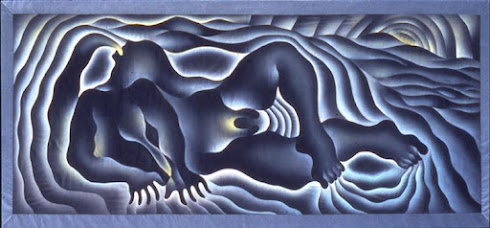Non Western Exhibit

As mentioned at the beginning of the semester, I have always been fascinated with Ancient Egyptian culture and art. There is something in their sculptures, pyramids, and art that really captures my mind. That is why I chose to do an art exhibit based upon Egypt. This contains art from an older time period between the Middle Kingdom and New Kingdom in Egypt. Statuette of a Hippopotamus. Meir, Egypt. 1981-1885 B.C. Much like many other Egyptian statutes, I am amazed with artwork from the Middle Kingdom Dynasty in Egypt. This hippopotamus has survived over a thousand years and still maintains a sharp shade of blue; along with the painted river plants on its exterior. With the Nile River having such importance to the ancient Egyptians, the hippopotamus posed a great threat to the people. Hippos have the size and power to overturn boats and rafts. They were also believed to be a threat to travelers in the afterlife. I think the detail that can be seen in the toes and face of the ...





